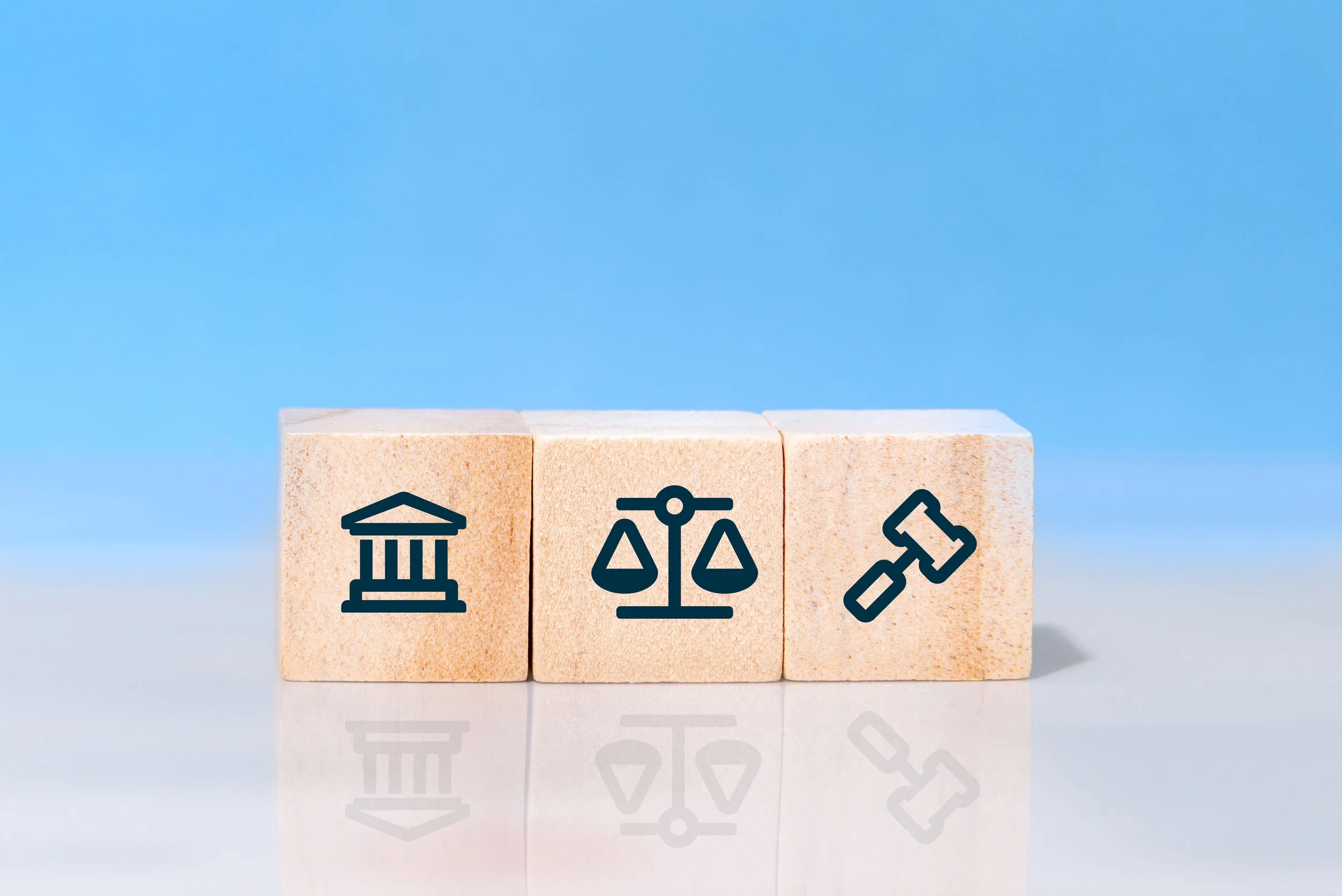In my work as a DEI consultant, I have witnessed a range of organizations express a desire to begin the DEI journey and make their workplaces more inclusive to all. The first problem that presents itself is simple: where to start?
In this blog, I will walk through a selection of key observations and recommendations that I have developed through my work for organizations who are ready to put in the work for DEI but aren’t quite sure where to begin. What are we waiting for? There’s no time to waste!
Observation #1: Employees want thorough implementation of DEI.
Seems self-explanatory, right? “Let’s just offer some DEI training!” The key to thoroughly and effectively implementing DEI is to go about this process intentionally. In other words, outline and define metrics to monitor DEI progress (and make that information available to employees) as well as provide regular DEI training. Not just 5- to 10-minute videos sent in biweekly emails, but also offer workshops and other immersive learning opportunities! As the DEI journey progresses, ensure those workshops become more in-depth; for example, one workshop may specifically cover microaggressions, another emotional intelligence, and so forth.
Observation #2: Employees want increased communication about DEI.
Once an organization has taken the first steps in their DEI journey, employees will want to know how DEI implementation is progressing! Much like the previous recommendation, my advice here is relatively self-explanatory: to keep employees in the loop, send regular emails about the improvement of DEI metrics over time; what DEI initiatives are being invested in and how; and so forth. Additionally, it is crucial for businesses to highlight their commitment to DEI on their website and social media, as such actions will demonstrate transparency regarding DEI efforts and emphasize that everyone, from leadership to employees to members and customers, are in this journey together.
Observation #3: Employees want diverse recruitment practices.
Though making changes to recruiting may seem terrifying from the outset, have no fear. DEI and recruitment, in my opinion, go hand in hand! For starters, businesses should reach out to diverse community organizations, such as HBCUs and other minority colleges, as well as attend culturally diverse job fairs in order to promote their job openings. From there, businesses might consider offering guest speakers, providing assistance with writing resumes, giving tips for being interviewed, and so forth to these diverse organizations. This type of external connection-building helps ensure that diverse candidates have access to resources that they might not otherwise receive.
Additionally, organizations should invest in an internal mentorship program! The other half of recruitment is retention, and a mentorship program allows diverse hires to receive support and training that will set them up for even greater success.
Observation #4: Employees want to see more diversity in the board of directors and upper management. Relatedly, employees want equitable promotion practices (i.e. eliminate favoritism).
Recruitment, retention—of course we must also discuss promotion. Many employees have voiced to me their issues with homogeneity in leadership and the seeming lack of merit-based practices in the process of promotion. As such, one of the best ways to increase diversity in upper levels is to create a talent pipeline, where employees have rotating mentors, receive personalized professional development opportunities, and so forth, all of which will equip them to continually move higher in the organization. To improve transparency regarding promotion practices (and thus ensure those practices are equitable), businesses should a) clearly outline their promotion criteria for all positions and b) advertise all job postings internally. Beautifully straightforward, isn’t it?
Observation #5: Employees want improved avenues for reporting discrimination and harassment.
More specifically, many employees have informed me of their concerns over reporting discrimination and harassment, e.g. that months will pass before action is taken, that they often fear retribution for making these reports, etc. To begin addressing this conundrum, a crucial first step is simply to increase training for managers and supervisors regarding discrimination/harassment and addressing these reports. After all, if leadership is not equipped to handle these issues, then it becomes much more likely these issues will not be handled properly or at all. Having done so, I would also recommend that organizations implement anonymous feedback channels for employees to offer further possibilities to advance DEI, concerns over discrimination/harassment, and any other comments they might wish to share in a truly private manner.
Observation #6: Employees are concerned that they cannot comfortably express themselves in the workplace.
I have listed this observation last because, should the prior recommendations all be implemented with intentionality, self-expression will likely become more natural to employees! Why? Because the work environment will already have become more welcoming and inclusive through the increased role of DEI. As such, my final piece of advice is this: create employee networks for employees of marginalized groups and their allies! Having employee networks for women, for Black individuals, for veterans, for the LGBTQ+ community, and so forth provides a specific environment where people from these populations can more safely express themselves and find support they may never have realized was available to them.
And there we have it! A straightforward breakdown of common observations for organizations beginning the DEI journey and a respective recommendation for each one. I wish all businesses the utmost success as they seek to create a more diverse, inclusive environment for their employees!
Dima Ghawi is the founder of a global talent development company with a primary mission for advancing individuals in leadership. Through keynote speeches, training programs and executive coaching, Dima has empowered thousands of professionals across the globe to expand their leadership potential. In addition, she provides guidance to business executives to develop diversity, equity, and inclusion strategies and to implement a multi-year plan for advancing quality leaders from within the organization.
Reach her at DimaGhawi.com and BreakingVases.com.





















